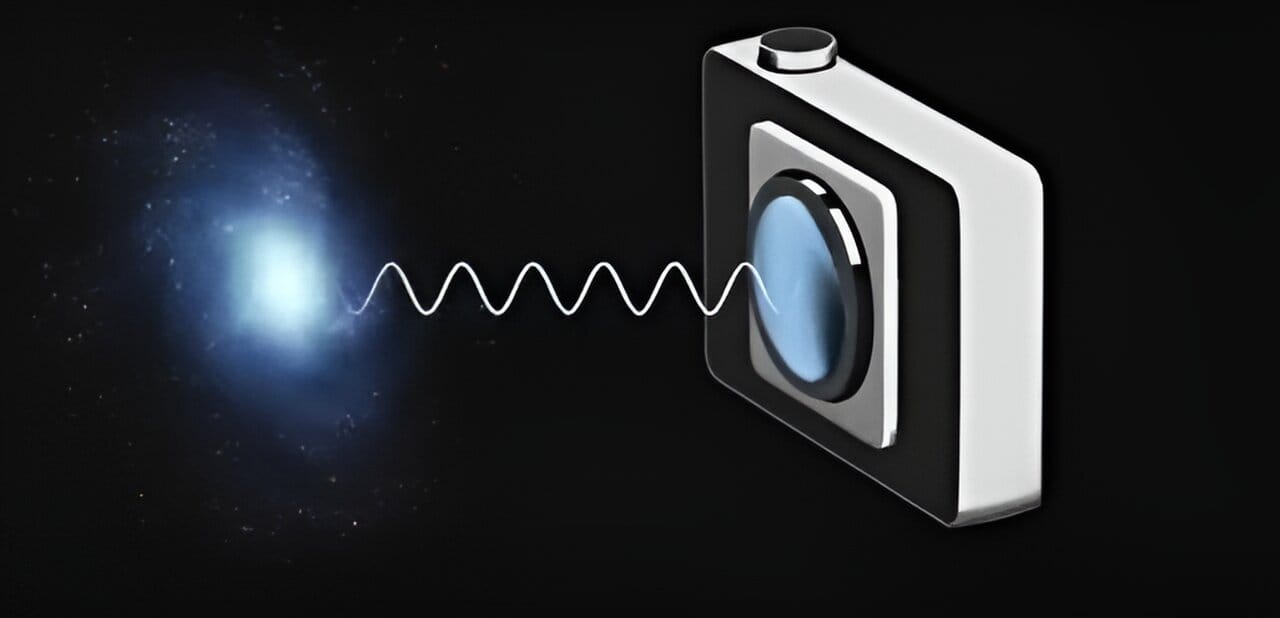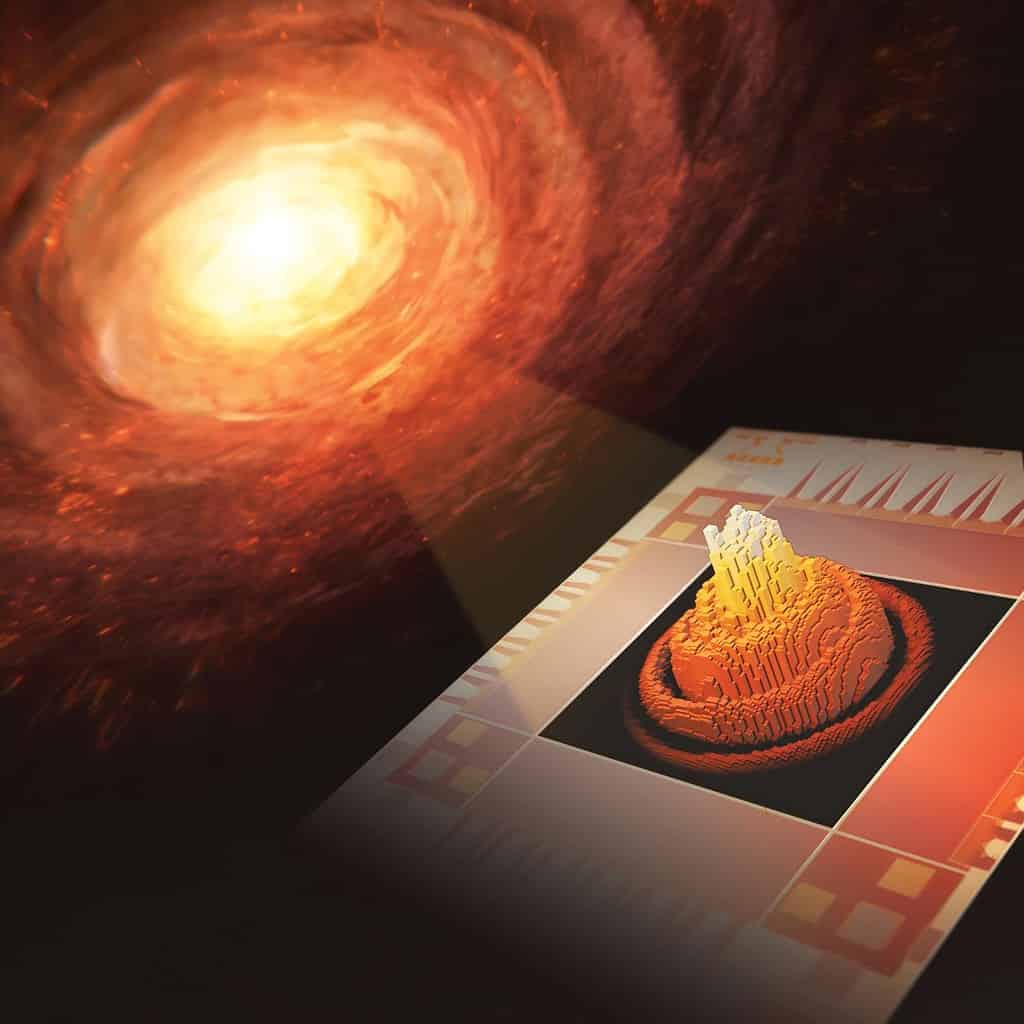
Scientists at the National Institute of Standards and Technology (NIST) have just unveiled a superconducting camera that could redefine our view of the universe. While superconducting cameras have been capturing the universe’s dimmest lights for over two decades, the new camera marks a huge improvement in the state of the art, from a few thousand pixels to a staggering 400,000.
Imaging the universe one photon at a time
Superconducting cameras aren’t new. These devices, which excel at capturing incredibly faint light signals, have been around for over two decades.
Unlike traditional cameras that rely on semiconductor-based sensors to capture a broad spectrum of light, superconductive cameras can detect single photons, making them extremely efficient for capturing faint light sources, such as distant stars or galaxies.
The magic happens when these cameras are cooled to nearly absolute zero. At this temperature, electrical currents flow without resistance, a phenomenon known as ‘superconductivity’. But when a photon — a particle of light — hits the camera’s detector, it disrupts this flow at a particular pixel. By mapping out these disruptions across the camera’s grid, scientists can form an image.
But there’s been a limitation. Until now, these cameras have housed only a few thousand pixels, limiting their potential.
The researchers at NIST, in collaboration with NASA’s Jet Propulsion Laboratory and the University of Colorado Boulder, have shattered this barrier, creating a camera with 400,000 pixels. That’s a staggering 400 times more than previous models.
Until now, adding more pixels to superconducting cameras has been a huge challenge. It’s a bit like trying to connect every house in a city to its own water source. Each pixel in the camera needs its own connection to the cooling system to function. With millions of pixels, this seemed almost impossible.
But, by cleverly combining signals from many pixels onto just a few nanowires, the team managed to sidestep this issue. Borrowing concepts from existing technology, they crafted a system where a single wire could read data from an entire row or column of pixels at once. It’s a bit like playing a game of tic-tac-toe, where each intersection point is a pixel.
The detectors can discern differences in the arrival time of signals as short as 50 trillionths of a second. They can also count up to 100,000 photons a second striking the grid.

By using this strategy, the team could quickly detect which pixel was activated by a photon, cutting down on the number of wires needed and paving the way for even larger superconducting cameras in the future. There’s no hard limit to how much you can scale this design, so the researchers claim a superconducting single-photon camera with tens or hundreds of millions of pixels could soon be available.
With such a powerful camera, the possibilities are immense. The applications range from capturing breathtaking images of distant galaxies and planets to enhancing medical imaging. Over the next year, the team aims to enhance its sensitivity, hoping to capture virtually every incoming photon.
The findings appeared in the journal Nature.






